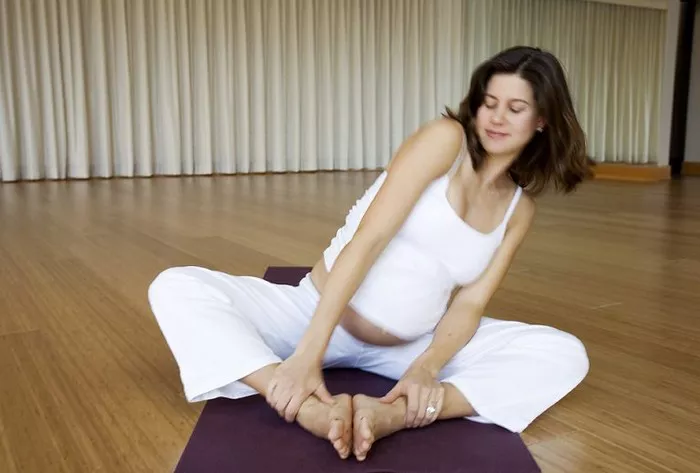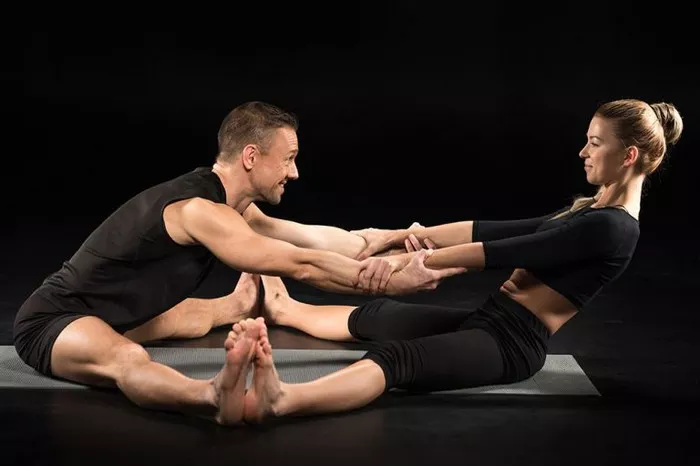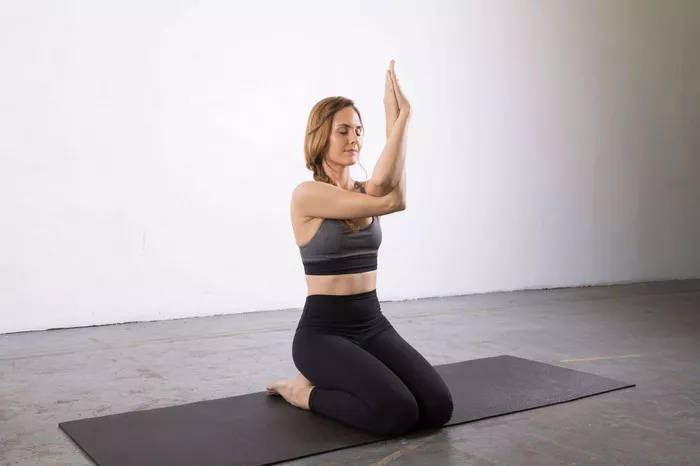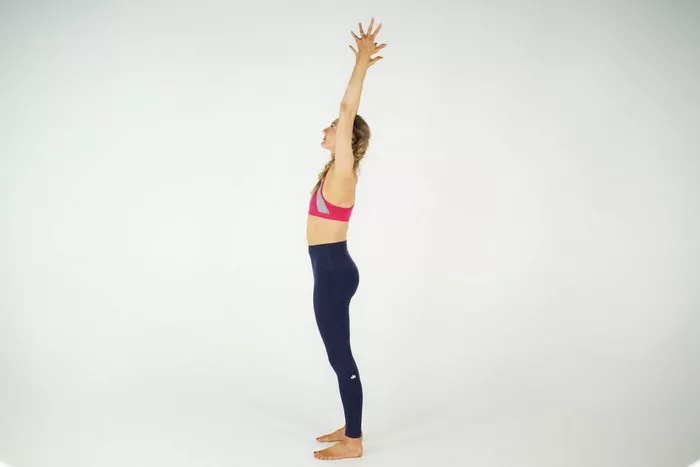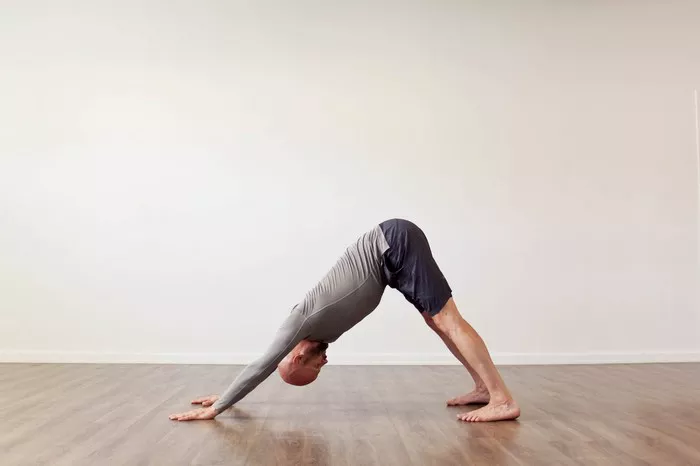Yoga is much more than a regular exercise. Stemming from the Indus Valley civilization over 5,000 years ago, it integrates physical, mental, and spiritual elements. Ashtanga Yoga focuses on a set of postures with synchronized breathing for strength and flexibility, while Vinyasa Yoga emphasizes fluid movement connecting breath and pose. Among them, Hatha Yoga is fundamental. Named from Sanskrit words for “sun” and “moon”, it symbolizes inner balance. Hatha Yoga starts with basic asanas like Trikonasana for stretching and Warrior II for strength – building. Slow, deep breathing calms the mind. This combination makes Hatha Yoga an ideal starting point for beginners, leading them to understand yoga’s deeper unity.
The Literal Meaning of Hatha
Breaking Down the Term
The word “Hatha” in yoga has its roots in Sanskrit, the ancient and revered language of this age – old practice. Comprising two syllables, “Ha” symbolically represents “sun”, while “Tha” stands for “moon”, embodying a balance of opposing forces.
Together, Hatha represents the union of opposing energies—sun and moon, masculine and feminine, active and passive, strength and flexibility.
Symbolism in Hatha Yoga
Hatha Yoga transcends the realm of simple physical exercise. It delves deep into the art of harmonizing the dualities that exist within our body and mind. This practice is not just about postures but about attaining a profound state of balance.
The “Ha” in Hatha, representing the sun, symbolizes the Pingala Nadi, the right energy channel that infuses us with vitality. It also embodies masculine energy, characterized by action, heat, and dynamism. Conversely, the “Tha,” signifying the moon, stands for the Ida Nadi, the left energy channel promoting calmness, along with feminine energy marked by receptivity, coolness, and introspection. Hatha Yoga, at its core, endeavors to strike a perfect balance between these opposing forces, guiding practitioners towards a state of inner equilibrium.
The Historical Roots of Hatha Yoga
Origins in Ancient Texts
Hatha Yoga has a rich and deep-rooted history. It traces its origins back to early yogic scriptures. Among these, three texts stand out as particularly significant.
The first of these important texts is The Hatha Yoga Pradipika (15th century) by Yogi Swatmarama. Another is The Gheranda Samhita (17th century), and also The Shiva Samhita, which is a classical text on yoga philosophy. These scriptures play a crucial role in the understanding of Hatha Yoga.
They meticulously outline the principles, techniques, and the very purpose of Hatha Yoga. This includes aspects such as physical purification known as Shatkarmas, the practice of postures or Asanas, breath control called Pranayama, and the art of meditation which is Dhyana. Through these detailed descriptions, practitioners can gain a comprehensive understanding of Hatha Yoga and its many components.
Connection to Tantra and Raja Yoga
Unlike Raja Yoga (the “royal path” focusing on meditation), Hatha Yoga incorporates physical techniques to prepare the body for higher spiritual practices. It also shares links with Tantra, which views the body as a sacred vessel for enlightenment.
Core Principles of Hatha Yoga
The Role of Asanas (Postures)
Hatha Yoga is frequently recognized for its characteristic practice of maintaining static postures over extended durations. In contrast to dynamic yoga styles like Vinyasa that involve continuous flowing movements, Hatha places great emphasis on several key aspects. It focuses on alignment, ensuring the body is in proper positioning to prevent injury and maximize the pose’s benefits. Breath awareness is crucial, as practitioners learn to synchronize their every movement with the rhythm of their breath, fostering a deeper connection between the body and mind. Mindfulness is also integral, where one is encouraged to observe bodily sensations without reacting impulsively.
Common poses within Hatha Yoga include Tadasana (Mountain Pose), which helps practitioners establish a strong sense of grounding. Adho Mukha Svanasana (Downward Dog) is great for comprehensive stretching of the body’s major muscle groups. Sukhasana (Easy Pose) is a staple for meditation, allowing for a comfortable seated position to facilitate mental stillness. Each pose plays a unique role in the overall practice of Hatha Yoga, contributing to physical strength, flexibility, and mental well – being.
Pranayama: The Power of Breath
Breath control, or Pranayama, lies at the very heart of Hatha Yoga. It’s an essential element that practitioners zero in on, as it has the power to take their yoga experience to greater depths. In the realm of Hatha Yoga, Pranayama isn’t just an added extra; it’s fundamental for connecting the body and mind.
There are several notable Pranayama techniques. Nadi Shodhana, also called Alternate Nostril Breathing, works to balance the body’s energy channels. Kapalabhati, known as Skull – Shining Breath, is focused on purifying the mind. Bhramari, or Bee Breath, has the unique effect of calming the nervous system. Each of these techniques has its own distinct function and significance within the practice.
By engaging in these Pranayama practices, the life force known as Prana is regulated. This regulation leads to a multitude of benefits. Practitioners often find that they experience enhanced vitality, feeling more energetic and alive. Additionally, there’s an improvement in mental clarity, which is crucial for overall well – being and for fully reaping the rewards of Hatha Yoga.
Shatkarmas: Purification Techniques
Traditional Hatha Yoga incorporates cleansing practices known as Shatkarmas, which are essential for effectively detoxifying the body. Neti, for instance, is a nasal cleansing technique. It involves using saline water to clear the nasal passages. This simple yet effective method helps remove mucus and impurities, significantly improving respiratory function. Dhauti, on the other hand, focuses on cleansing the digestive tract. It can be executed through controlled vomiting or, under proper guidance, swallowing a cloth to clean the inner lining of the digestive system. These physical cleansing practices are fundamental for preparing the body to receive the full benefits of Hatha Yoga.
Then there’s Trataka, which stands out among the Shatkarmas. Unlike Neti and Dhauti that target physical detoxification, Trataka is centered on mental preparation. By intently gazing at a candle flame, practitioners work on developing mental focus. This enhanced mental concentration is crucial as it readies the mind for deeper yogic practices. Overall, the Shatkarmas, with their combination of physical and mental cleansing methods, play an integral role in preparing both the body and mind for a more profound experience in Hatha Yoga.
The Spiritual Dimension of Hatha Yoga
Beyond Physical Exercise
Modern yoga often emphasizes fitness, but traditional Hatha Yoga is a spiritual pursuit. Its aims are awakening Kundalini, the dormant energy at the spine’s base, and achieving Samadhi, the union with the divine, highlighting its spiritual depth.
The Role of Bandhas (Energy Locks)
Hatha Yoga integrates Bandhas as a crucial means to direct the body’s energy flow. Mula Bandha activates the pelvic floor muscles, while Uddiyana Bandha engages by lifting the diaphragm. Jalandhara Bandha, through a simple chin – lock, regulates the pranic flow. Collectively, these locks play a pivotal role in channelling energy upwards, which in turn significantly aids in deepening the meditation experience.
Hatha Yoga in the Modern World
Adaptation in Contemporary Practice
Today, Hatha Yoga has evolved into a more accessible, gentle, and alignment – centered practice, diverging from its traditional intensity. Modern classes typically feature a slower pace, allowing students to focus on perfecting each posture for better alignment. Therapeutic applications have also emerged, using Hatha Yoga to relieve stress and aid in injury recovery. Additionally, fusion styles like Hatha – Vinyasa blends have become popular, combining Hatha’s static postures with Vinyasa’s dynamic flow, offering a more diverse and customized yoga experience.
Scientific Benefits of Hatha Yoga
Research validates the numerous benefits of Hatha Yoga. It helps improve flexibility and strength, reduces stress and anxiety, and enhances respiratory function, making it a great practice for overall well – being.
Conclusion
Hatha Yoga goes beyond basic stretching—it’s a holistic practice. Its essence lies in balancing internal energies. Yogic nadis, the body’s energy channels, can be activated by poses like Bound Angle Pose, enhancing prana flow.Purification is integral. Kapalabhati pranayama clears the respiratory tract, and Twisting Triangle Pose aids digestion by massaging organs. By focusing on breath, such as with Ujjayi breath, Hatha Yoga awakens consciousness and self – awareness.Whether you’re a novice starting with Mountain Pose or an advanced yogi exploring complex asanas, Hatha Yoga suits all. It unlocks a more balanced, purified, and self – aware you.
Related Topics



